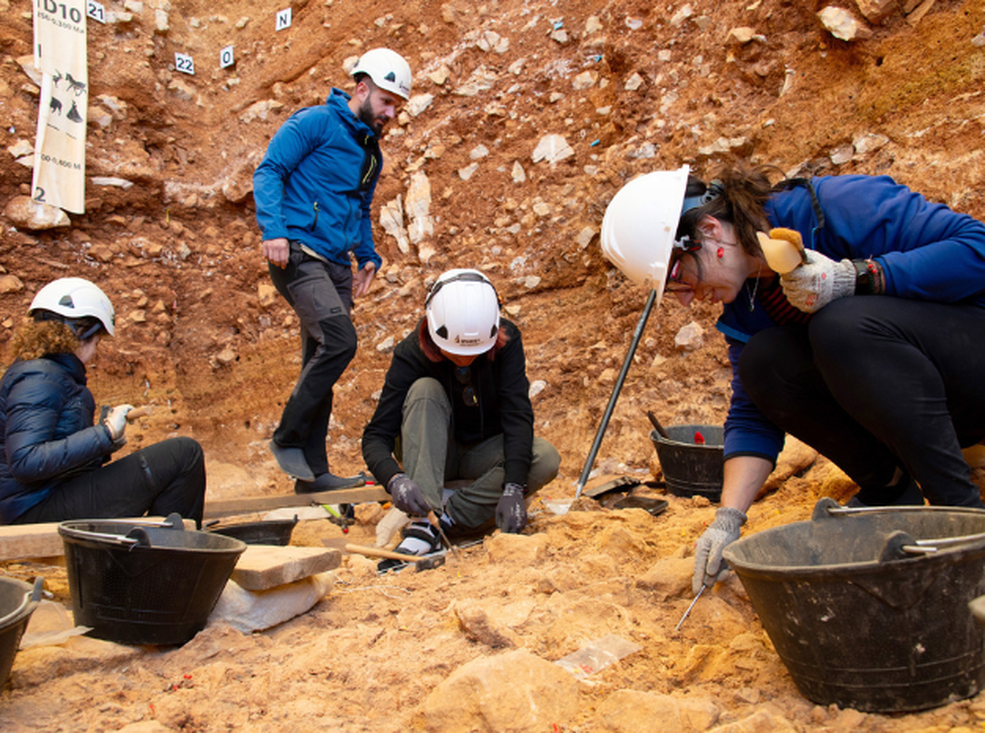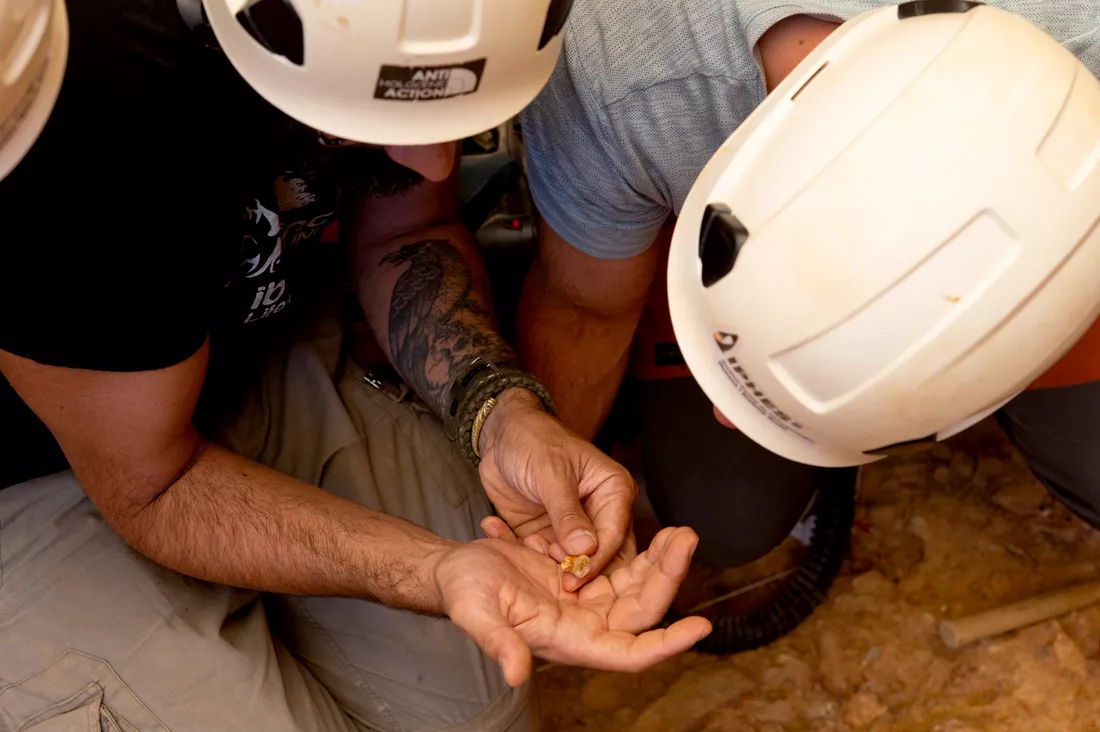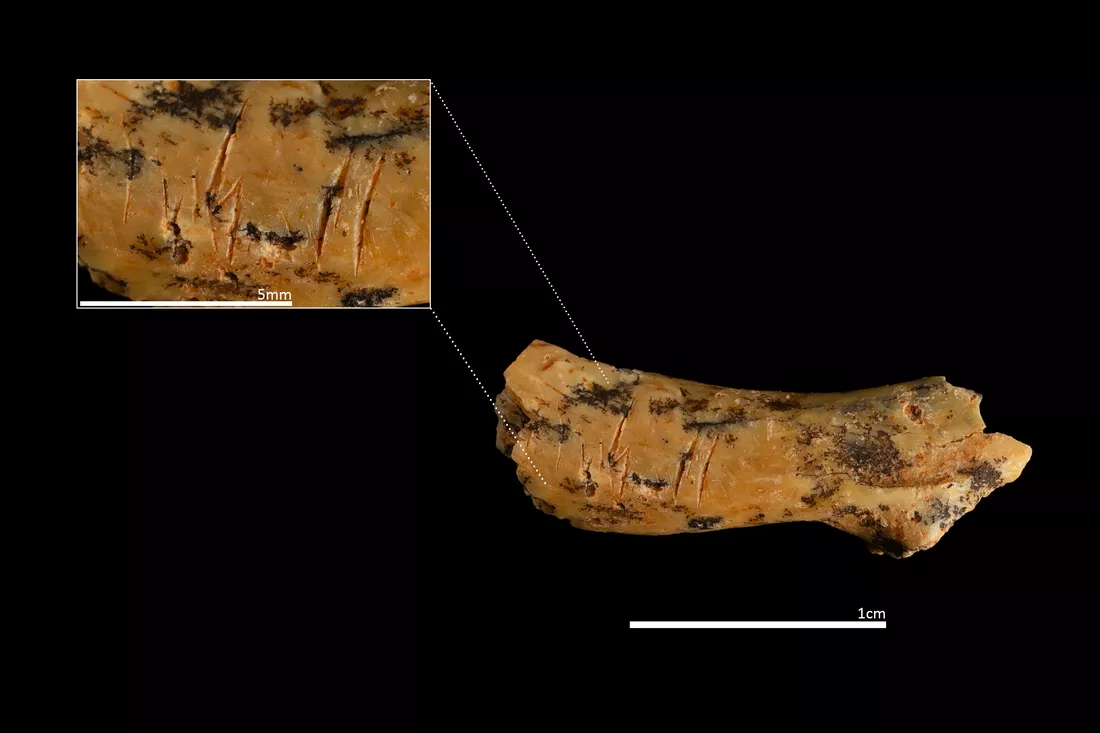A Child Decapitated 850,000 Years Ago: New Evidence of Prehistoric Cannibalism at Atapuerca
A Child Decapitated 850,000 Years Ago: New Evidence of Prehistoric Cannibalism at Atapuerca
Researchers interpret the evidence as part of a systematic pattern of flesh exploitation among early humans
A human cervical vertebra, dated to 850,000 years ago, shows clear cut marks consistent with intentional decapitation. The specimen, recently recovered from the Gran Dolina site (Sierra de Atapuerca), belonged to a child between two and four years old. According to the IPHES-CERCA research team leading the excavation, this is direct evidence of infant cannibalism, associated with systematic meat exploitation practices by Homo antecessor.
“This case is particularly striking, not only because of the child’s age, but also due to the precision of the cut marks,” says Dr. Palmira Saladié, IPHES-CERCA researcher and co-director of the Gran Dolina excavation alongside Dr. Andreu Ollé. “The vertebra presents clear incisions at key anatomical points for disarticulating the head. It is direct evidence that the child was processed like any other prey.”
The vertebra is part of a set of ten human remains found this July at level TD6. All are attributed to the species Homo antecessor. Some bones also show defleshing marks and intentional fractures, typical indicators of meat exploitation similar to those found on animal bones consumed by these same humans.
According to Saladié, this pattern is not new. Nearly thirty years ago, the same archaeological level yielded the first known case of human cannibalism worldwide. “What we are documenting now is the continuity of that behaviour: the treatment of the dead was not exceptional, but repeated,” explains the expert, one of the leading specialists in taphonomy and prehistoric cannibalism.
The new finding strengthens the hypothesis that these early humans exploited their peers as a food resource, perhaps also as a means of territorial control. This same field season also led to the identification of a hyena latrine with over 1,300 coprolites, located just above the level containing human remains. This vertical overlap helps reconstruct the alternating occupation of the cave by carnivores and humans, offering insights into interspecies competition in a hostile environment.
According to the researchers, there is reason to believe that TD6 still holds many more human remains in the unexcavated layers. “Every year we uncover new evidence that forces us to rethink how they lived, how they died, and how the dead were treated nearly a million years ago,” concludes Saladié.



